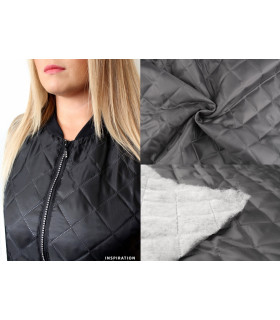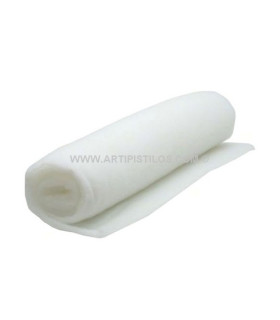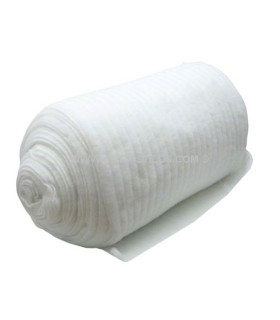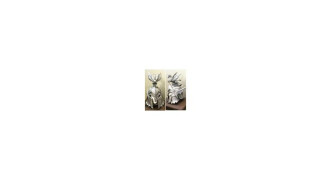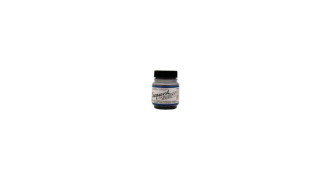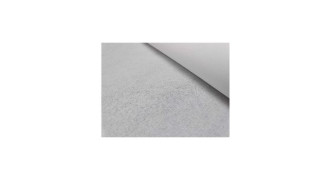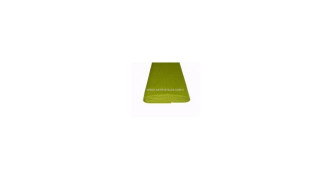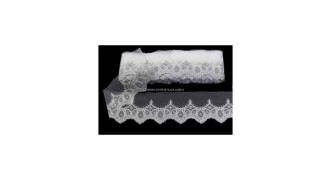Receive it between Wed 5 and Mon 10
WADDING
WADDING LINNING 100 g.
TL0003Receive it between Wed 5 and Mon 10
Receive it between Wed 5 and Mon 10
<h1>FIND HERE THE QUILTING BATTING YOU NEED</h1>
There are many ways to make the garments or hats you are making warmer and hence more suitable for winter. One of them is to add a quilting batting lining. There are three main advantages to using this material over other alternatives: it is warm, it is very light, and it helps maintain the shape of the garments.
If you are interested in having this material, we provide it for you in this section without any hassle. We offer rolls of quilting batting in different lengths and widths, whether cotton batting or polyester batting.
The quilting batting can be sewn by hand or by machine. We recommend not exceeding 10 cm of distance between stitches when sewing it. This ensures that the product does not deteriorate prematurely.
Because it is a natural product, we also recommend washing it before sewing to prevent shrinkage. When washing, avoid wringing out the batting to drain the water. Instead, gently press it with your hands and let it dry spread out on a flat surface.
WHAT IS QUILTING BATTING?
Quilting batting is a non-woven textile (TNT) made from cotton filaments or other similar materials. Its main use is as padding and thermal insulation for quilts, tapestries, jackets, coats, or dresses.
However, the original batting did not fit the previous description, as it was a natural product made from the silky masses of the fruit of the thlalayotl, a plant from Mexico. This batting had the same uses as today, namely, for making mattresses, sofa cushions, couches, quilted dresses, etc.
Once the production of cotton became widespread in Europe, an alternative was sought to replace the old batting with another material that had the same use but was much cheaper. Cotton was the chosen material for this purpose.
To make batting out of cotton, it is first stripped after being opened and divided by blows. It is then beaten again, carded twice, and placed on square boards to proceed with the kneading. Finally, it is glued and left to dry.
WHAT ARE NON-WOVEN FABRICS OR TNT?
A non-woven fabric or non-woven textile (TNT for short) is a fabric that is made by bonding fibers together into a network through mechanical, thermal, or chemical processes. As the name suggests, these fabrics are not woven, that is, they lack warp or weft.
Since they do not have threads, they cannot fray, which makes them a very suitable material for making clothes and accessories. Their appearance is like that of a sheet, similar to veil, nap, or felt. They are not very durable, so they are used to reinforce other fabrics or with linings.
There are many types of TNT with different characteristics depending on the type of material used in their manufacture. Some of these characteristics include: absorbency, waterproofness, elasticity, fire resistance, or antibacterial properties. In addition, many TNTs are created to mimic the appearance and texture of certain fabrics.




